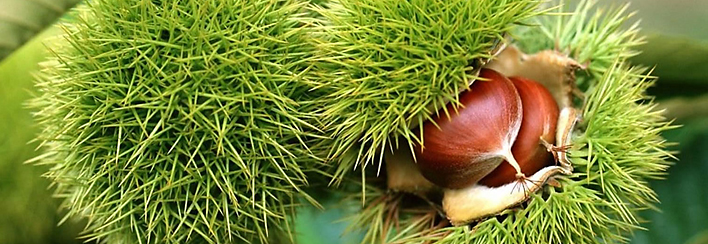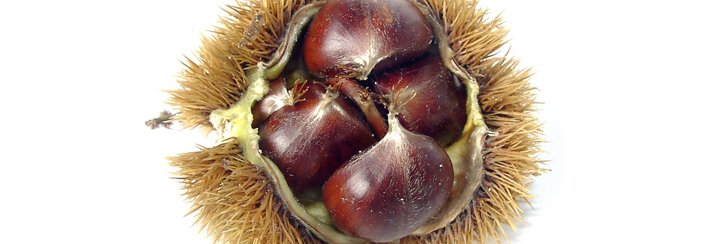Diversity and interactions of chestnut, chestnut blight fungus and biocontrol agent – virus: implications on chestnut recovery
Voditeljica:
Prof. dr. M. Ćurković Perica
European sweet chestnut is an important multipurpose tree species. For decades, chestnut blight, a disease caused by one of the world´s most aggressive invasive pathogens Cryphonectria parasitica has been causing high mortality in chestnut forest populations and orchards. However, the fungus can be controlled by the naturally-occurring virus Cryphonectria hypovirus 1 (CHV1) which causes a reduction in fungal virulence and sporulation (a phenomenon called hypovirulence), which in turn enables infected trees to recover. Hypovirulence is the most efficient way to successfully control chestnut blight in Europe, but unfortunately the spread of CHV1 is limited by the fungal diversity and its sexual reproduction. This project aims at revealing individual and joint aspects of the dynamic three-lateral interaction between chestnut, its fungal pathogen and the pathogen-biocontrol agent-virus. The results will also contribute to the combat efforts against chestnut blight in the real field conditions, by enabling production of therapeutic paste for induction of recovery in a valuable chestnut cultivar.

 Pristupačnost
Pristupačnost
